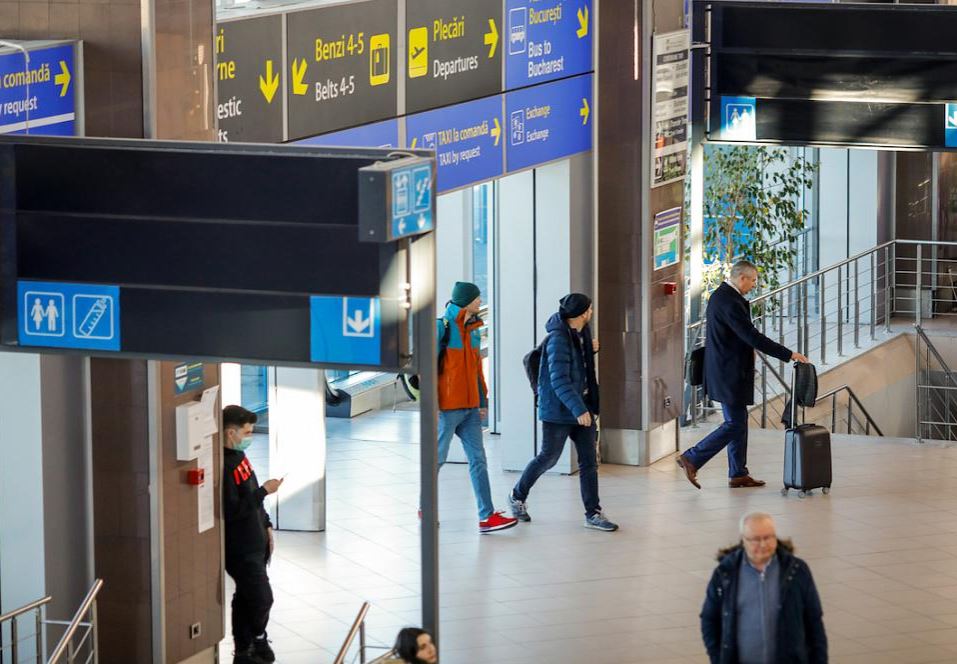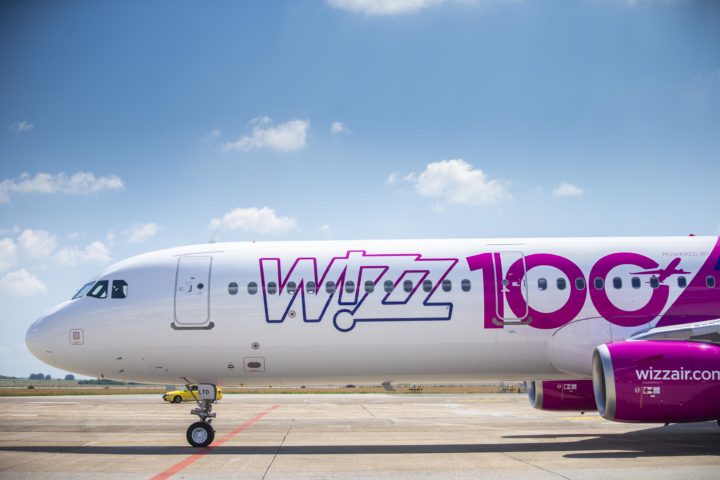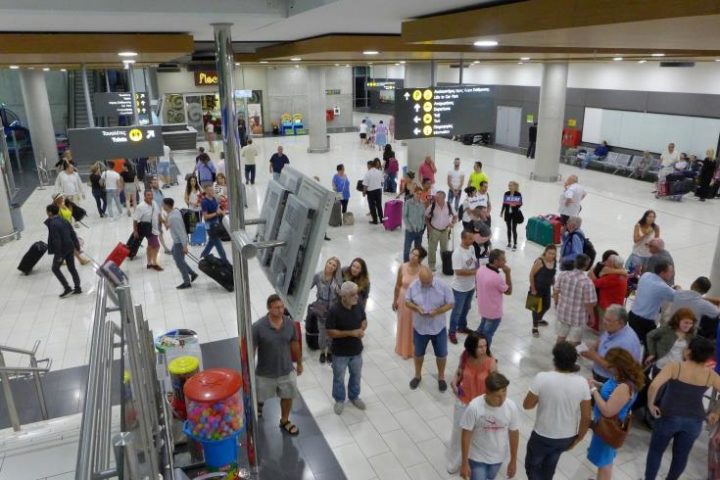A European airport network traffic report for 2022 by ACI EUROPE shows that the airport industry has finally turned the corner on the COVID-19 pandemic welcoming nearly 2 billion passengers.
Passenger traffic across the European airport network nearly doubled (+98%) in 2022 compared to the previous year, reaching 1.94 billion passengers.
However, that was still -21% below pre-pandemic (2019) volumes, with just 27% of Europe’s airports fully recovering 2019 passenger traffic levels.
Olivier Jankovec, Director General of ACI EUROPE, said: “The surge in passenger traffic last year has been phenomenal.
“Kicking off in early Spring when most travel restrictions were finally lifted, it boomed over the Summer and remained resilient afterwards.
“All of this despite geopolitical shocks, deteriorating macro-economics, fast-rising airfares and COVID still being with us.
“If anything, 2022 has been the year in which we finally learned how to live and travel with COVID-19.”
He said Europe’s airports were still short 500 million passengers in 2022 compared to where they stood before the pandemic hit.
“There is still a lot of uncertainty about 2023, not least because of geopolitical tensions and the fact there is no end in sight for the war in Ukraine.
“But the traffic outlook is getting better thanks to demand headwinds easing somewhat with the reopening of China, recession fears for Europe subsiding and inflation softening.
“However, supply pressures are likely to remain significant given the structural capacity reductions made by most airlines during the pandemic, their strong focus on increasing yields through higher air fares rather than market share, aircraft delivery delays and labour shortages still being an issue in some markets.”
MARKET REBOUND
Airports in the EU+ market saw their passenger traffic increase by +122% in 2022.
The rebound was especially impressive for airports in countries where travel restrictions had been most stringent throughout 2021, such as the UK (+249%), Ireland (+235%) and Finland (+187%).
Meanwhile, the increase in passenger traffic at airports in the rest of Europe was relatively moderate at +26%.
This was due to the lesser impact of the pandemic on air traffic in 2021, as governments in these countries generally refrained from imposing the kind of travel restrictions affecting the EU+ market.
This was also due to the impact of the war in Ukraine, with Ukrainian airports (-88.3%) losing all commercial air traffic as of February 2022 and Russian airports (-10.4%) losing air traffic to/from the EU+ market in particular.
In the EU+ bloc, airports in Greece (-1.9%), Portugal (-5.8%) and Luxembourg (-6.9%) came closest to a full recovery in passenger traffic.
Amongst larger EU+ markets, airports in Spain (-11.4%) posted the best results, followed by those in Italy (-17.9%) and France (-18.8%) – while those in the UK (-24.8%) and especially Germany (-34.9%) where LCCs retrenched underperformed the EU+ average.
The weakest performance came from airports in Slovenia (-43.6%), Finland (-40.6%) and Slovakia (-38.6%).
In the rest of Europe, LCC expansion boosted passenger traffic at airports in Albania (+55.7%), Kosovo (+26.1%) and Bosnia & Herzegovina (+20.4%) well above full recovery levels.
Airports in Kazakhstan (+15.6%) and Armenia (+13.2%) benefitted from an influx of traffic from Russia (-24.9%).
Meanwhile, airports in Serbia (-8.9%) came relatively close to a full recovery – followed by those in Turkey (-12.9%).
TOP 5 SHIFTING BACK
Whereas in 2021, Turkish and Russian airports dominated the Majors (5 busiest European airports), last year saw EU+ hubs largely restoring their position in the top league.
Istanbul remained the busiest European airport, welcoming 64.3 million passengers and almost recovering its pre-pandemic (2019) traffic volume (-6.2%).
London Heathrow (61.6 million passengers|-23.8% vs 2019) came in second.
However, the British hub has recovered its position as the busiest European airport since November 2022.
Paris-CDG (57.5 million passengers -24.5% vs 2019) held the third position, followed by Amsterdam-Schiphol (52.5 million passengers -26.8% vs 2019).
Madrid (50.6 million passengers -18% vs 2019) closed the top 5 league, surpassing Frankfurt (48.9 million passengers -30.7% vs 2019).
Overall, passenger traffic at the Majors increased by +114% in 2022 compared to the previous year – but remained -22.6% below pre-pandemic (2019) levels.
This was largely due to the continuation of travel restrictions by some Asian countries and network airlines still limiting capacity deployment.
LEISURE DEMAND
Amongst other large airports & secondary hubs, the best passenger traffic performances (compared to pre-pandemic 2019) came from airports relying predominantly on leisure demand with significant LCC activity and limited or no exposure to Asia.
These included: Palma de Mallorca (-3.9%), Paris-Orly (- 8.4%), Lisbon (-9.3%), Athens (-11.2%), Antalya & Istanbul Sabiha Gokcen (-13.2%) and Dublin (-14.7%).
The same dynamics also resulted in smaller & regional airports significantly outperforming the European average and coming closest to a full recovery – with their 2022 passenger traffic at -12% compared to pre-pandemic.
Amongst Europe’s airports having fully recovered their 2019 volumes, 90% were smaller & regional airports.
The best-performing regional airports included: Trapani and Oradea (+117%), Perugia (+68.5%), Zadar (+36.8%), Zaragoza (+34.4%), Santorini (+25.6%), Funchal (+20.8%), Memmingen (+15.9%), Chania (+11.3%) – along with the LCC strongholds of Beauvais (+15.7%) and Charleroi (+0.6%) and Bergamo (-5.1%).










